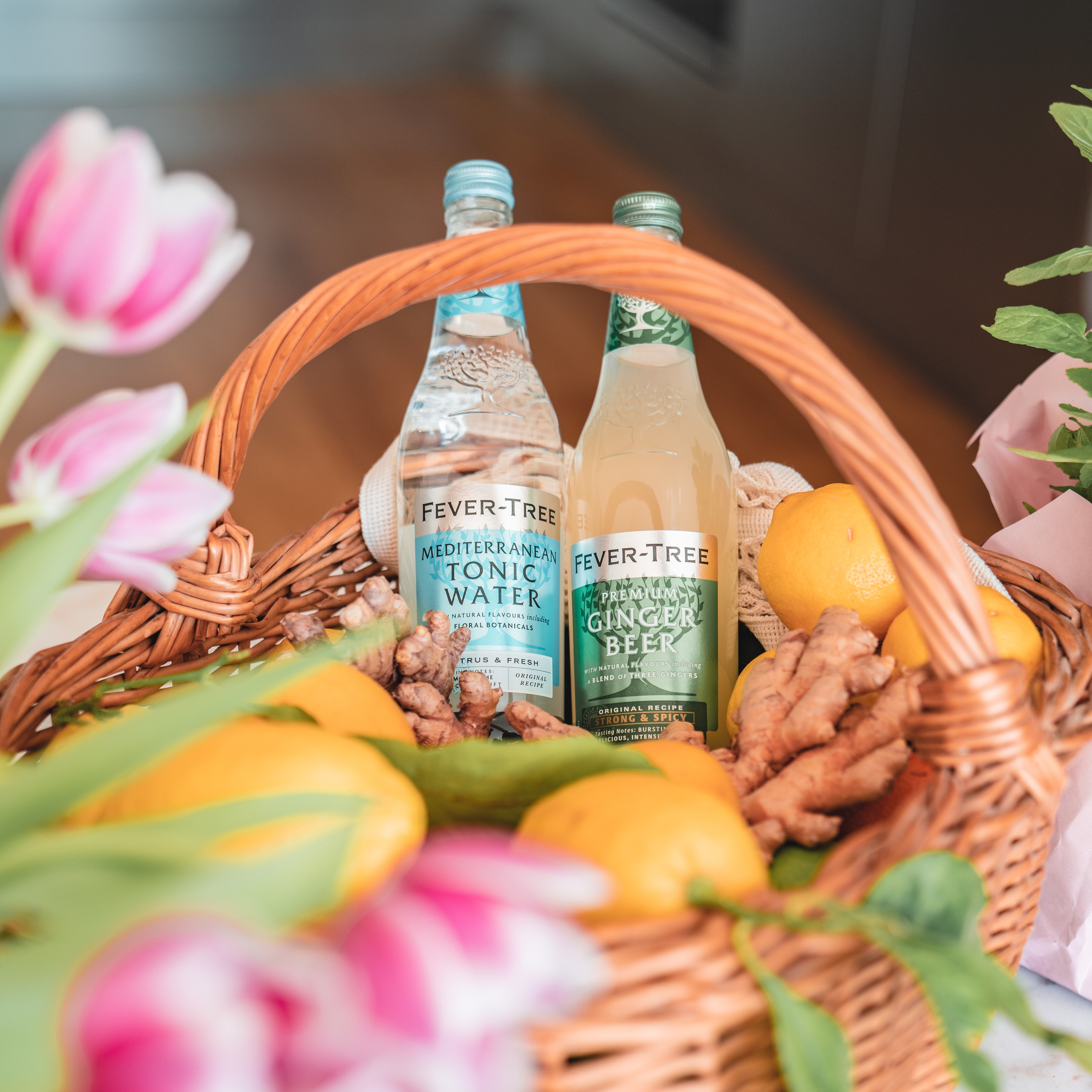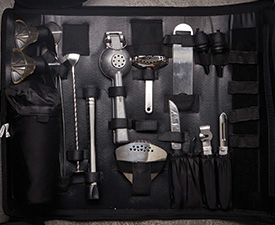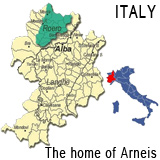Arneis is an ancient Italian white wine grape variety native to Italy's Piedmont region. It is most commonly found in the hills of Roero, northwest of Alba, where it is part of the white (DOC) wines of Roero and Langhe. Arneis (means; 'little rascal') is so called because it is regarded as a somewhat difficult variety to grow. It is a crisp and floral varietal, producing white peach and pear scented wines and has been grown for centuries in the region. Arneis wines tend to be dry and full body with notes of pears, apricots and with a hint of almonds.
For centuries the Arneis was used to soften the aggressive tannins and harshness of the Nebbiolo grape in the wines of the Barolo region, much as the French use Viognier in the Northern Rhone. In a region largely devoid of serious white wine production, Arneis was fortunately saved from complete varietal extinction by an increasing popularity of dry white wines in the 1980s. As of 2006 there were nearly 600 hectares of Arneis in the Piedmont region. Outside of Italy, there are limited plantings of Arneis in California, Australia and most recently here in New Zealand.
The Arneis vine can be a difficult grape to cultivate, with naturally low acidity and tendency to get over ripe if harvested late. For this reason, Arneis seems to perform its best in cooler climates that are reminiscent of the grapes Piedmont home in the foothills of the Italian Alps. The vine's propensity for low crop yields and for the wine to oxidize easily, contributed to its steady decline. Better understanding of the variety has helped revive the variety as winemakers found that the chalky, sandy soils around Roero gave the grapes more acidity and structure while Arneis grapes planted in sandy clay soil developed an elegant and exotic perfume.
Wines fermented or aged in oak will be more full bodied while unoaked Arneis can have more aromatics and perfume. Arneis is best consumed within a year or two of the vintage, though some producers in Italy make a late harvest 'passito' Arneis.











